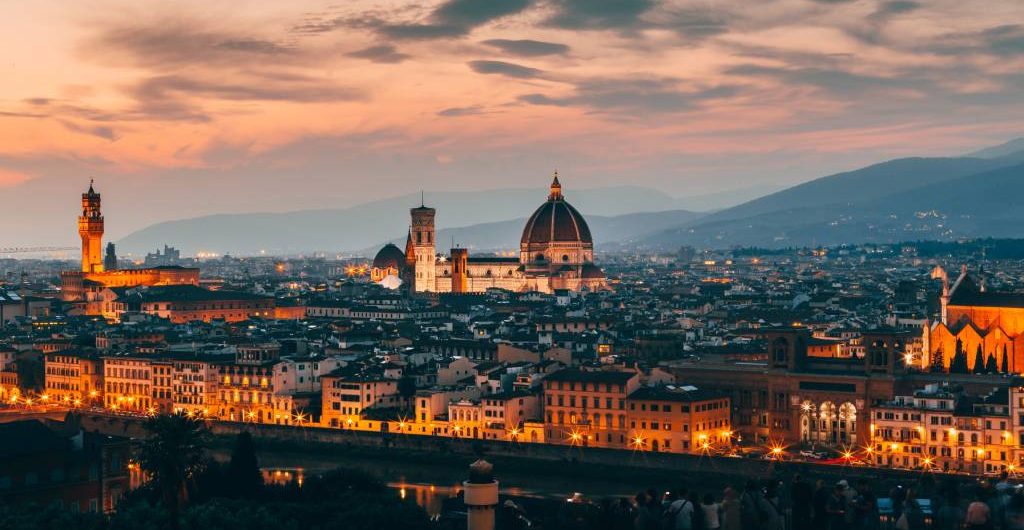
Rome, often referred to as the “Eternal City,” holds a special place in the annals of history. Nestled in the heart of Italy, Rome has been a center of power, culture, and civilization for over two millennia. Its rich tapestry of history, stunning architecture, and enduring influence on the modern world make it a city like no other.
Ancient Rome
Foundation and Early History Rome’s origins are shrouded in myth and legend. According to tradition, it was founded by Romulus and Remus, twins raised by a she-wolf, in 753 BC. The city grew from a small settlement on the banks of the Tiber River into a formidable power.
Roman Republic The establishment of the Roman Republic in 509 BC marked a pivotal moment in Rome’s history. It was characterized by a system of checks and balances, with elected officials known as consuls. During this period, Rome expanded its territory through conquests and diplomacy.
Roman Empire The Roman Republic eventually transformed into the Roman Empire under the rule of Julius Caesar, and later, Augustus. The empire saw remarkable expansion, encompassing vast territories across three continents. It boasted achievements in engineering, law, and governance, laying the foundation for Western civilization.
Expansion Roman legions conquered lands from Britain to Egypt, spreading Roman culture and influence. The network of Roman roads facilitated trade and communication.
Achievements The Romans excelled in architecture, giving us marvels like the Colosseum, aqueducts, and the Pantheon. Their legal system and governance principles heavily influenced modern systems.
Decline and Fall The Roman Empire faced internal strife, economic instability, and external threats. It eventually split into Eastern and Western Roman Empires and faced invasions from barbarian tribes. In 476 AD, the Western Roman Empire fell, while the Eastern Roman Empire, known as the Byzantine Empire, endured until 1453.
Geography and Landmarks
Geographical Location Rome’s strategic location on the Italian Peninsula made it a hub of trade and culture. It sits on the banks of the Tiber River and is surrounded by the Apennine Mountains.
Key Landmarks
- Colosseum: This iconic amphitheater hosted gladiatorial contests and other public spectacles.
- Roman Forum: The heart of ancient Rome, it served as a political, religious, and commercial center.
- Pantheon: A marvel of Roman engineering and architecture, it is renowned for its dome and oculus.
- Vatican City: The world’s smallest independent state, it is the spiritual center of Roman Catholicism.
- Trevi Fountain: A famous baroque fountain where visitors toss coins to ensure their return to Rome.
Culture and Society
Roman Culture
- Language and Literature: Latin was the language of the Romans, and their literature, including works by Virgil and Cicero, had a lasting impact.
- Art and Architecture: Romans excelled in sculpture, painting, and architecture, leaving a legacy of magnificent structures.
Social Structure Rome had a hierarchical society, with citizens, slaves, and non-citizens. The family was central to Roman life, and they placed a strong emphasis on civic duty.
Religion
- Roman Gods and Mythology: The Romans had a pantheon of gods and goddesses, with Jupiter, Juno, and Neptune among the most prominent.
- Rise of Christianity: Christianity emerged in the Roman Empire and grew to become the dominant religion, eventually leading to the conversion of Emperor Constantine.
Notable Figures
- Julius Caesar: A military and political genius, his rise to power marked a turning point in Roman history.
- Augustus: The first Roman Emperor, he brought stability and prosperity to the empire, initiating the Pax Romana.
- Cleopatra: The Egyptian queen who had affairs with both Julius Caesar and Mark Antony, playing a significant role in Roman politics.
- Constantine the Great: The first Christian Roman Emperor, his Edict of Milan in 313 AD granted religious tolerance to Christians.
Legacy
Influence on Western Civilization Rome’s legal system, architecture, language, and governance have had an enduring impact on Western civilization. The principles of democracy and republicanism owe much to Rome.
Impact on Modern Rome The city of Rome continues to showcase its ancient heritage while embracing modernity. Many ancient ruins, such as the Roman Forum and Colosseum, stand as living testaments to its past.
Tourism and Preservation of Ancient Ruins Rome’s historical treasures draw millions of tourists each year. Efforts to preserve and restore its ancient sites ensure that future generations can experience the grandeur of ancient Rome.